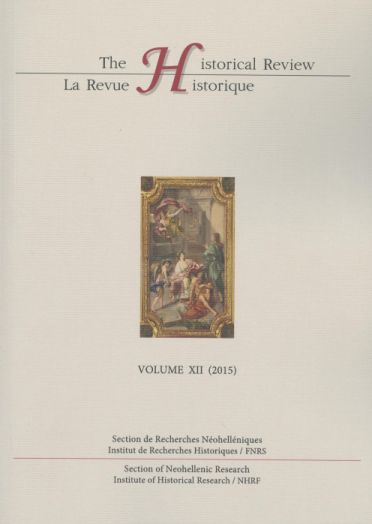Romanian Village Halls in the Early 1950s: Between Cultural and Political Propaganda
Abstract
Village halls [Romanian: cămine culturale] appeared in many European
countries and elsewhere as early as the nineteenth century and multiplied in the twentieth.
The presence of these institutions in the rural world, despite obvious differences in their
goals and activities, demonstrates a general interest in the cultural development of
villages, as well as the emergence and growth of leisure practices amongst peasants. This
essay is not a study of the history of village halls; rather, it focuses on the changes that this
institution underwent in the early years of the communist regime in Romania. It analyses
how communists transformed the village hall into a place of propaganda under the
guise of “cultural work”. The study starts from the premise that communist propaganda
deliberately did not distinguish between “political work” and “cultural work”. At the end
of the 1940s and the beginning of the 1950s, the village hall became the communist regime’s
central venue for disseminating political and cultural propaganda.
Article Details
- How to Cite
-
Radu, S. (2015). Romanian Village Halls in the Early 1950s: Between Cultural and Political Propaganda. The Historical Review/La Revue Historique, 12, 229–252. https://doi.org/10.12681/hr.8808
- Section
- Articles

This work is licensed under a Creative Commons Attribution-NonCommercial-ShareAlike 4.0 International License.
The copyright for articles in this journal is retained by the author(s), with first publication rights granted to the journal. By virtue of their appearance in this open access journal, articles are free to use with proper attribution in educational and other non-commercial sectors. The Historical Review/La Revue Historique retains the right to publish papers that appear in the journal in collective volumes published by the Institute for Neohellenic Research/National Hellenic Research Foundation.
Sample acknowledgement: Reprinted with permission from the author. Original publication in the The Historical Review/La Revue Historique www.historicalreview.org
This work is licensed under a Creative Commons Attribution-NonCommercial-ShareAlike 4.0 Greece License. To view a copy of this license, visit http://creativecommons.org/licenses/by-nc-sa/4.0/ or send a letter to Creative Commons, 543 Howard Street, 5th Floor, San Francisco, California, 94105, USA



